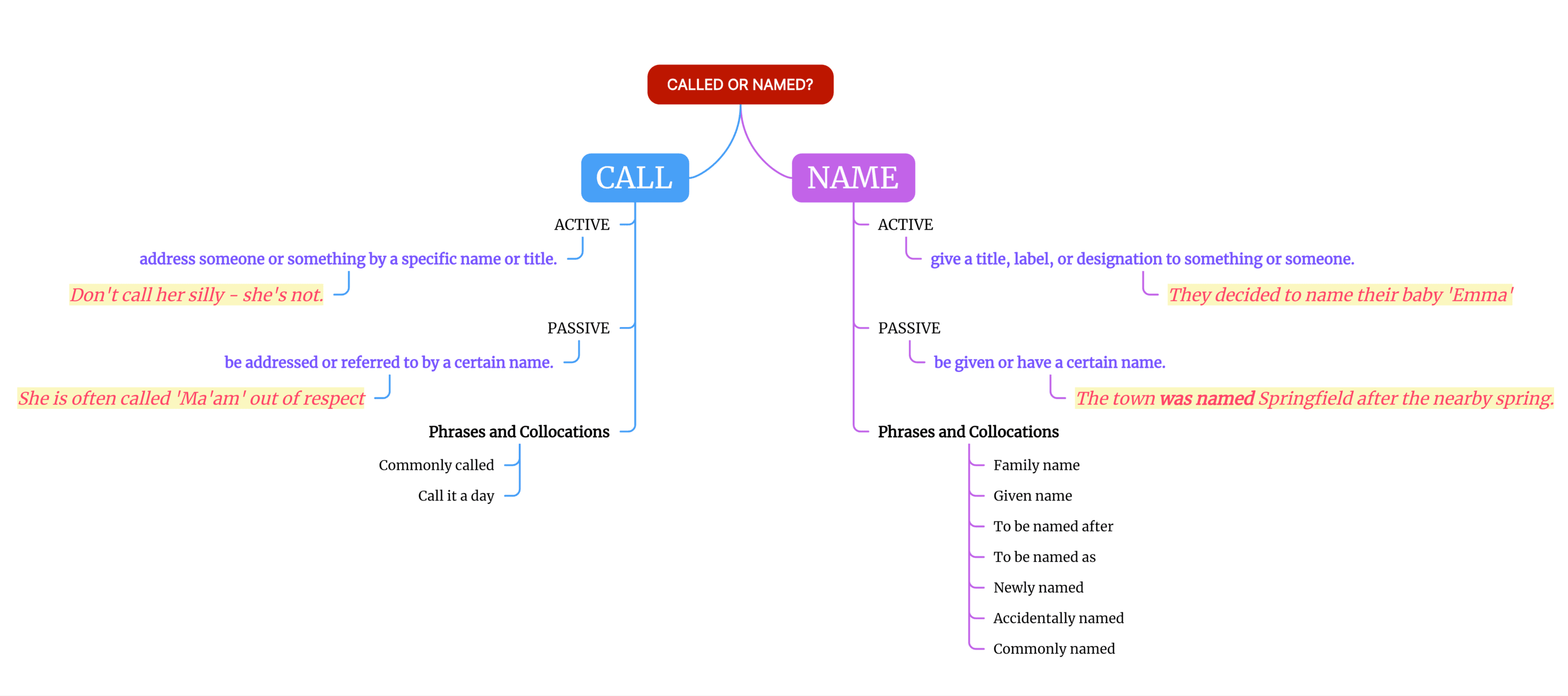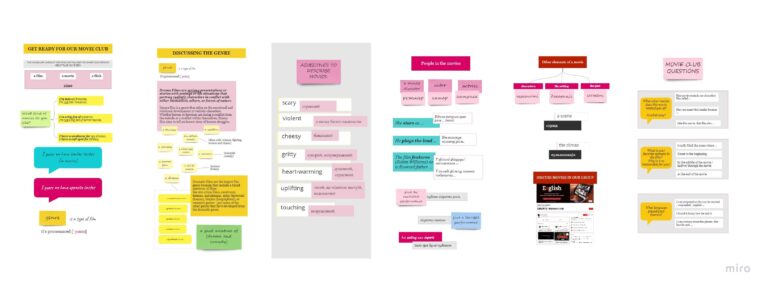I often hear students ask me how to use the phrases “is called,” “is named,” and “it’s name” correctly. These phrases can be confusing, but understanding the difference between them is important for clear communication.
Understanding the differences between “name” and “call”
These 2 words are not interchangeable. The difference between them is not in translation (not always), but in usage:
Is called:
This phrase often means the same as “is known as.”
“The dish is called borscht.” (This dish is known as borscht
What is this called? (= How do you refer to this thing?)
Is named:
This phrase is used to show the name given to someone or something at birth or when a place or organization is started.
The town was named Springfield after the nearby spring. (They gave this name for a reason)
In these meanings, both verbs are often used in the passive form. So if you want to say called (i.e., the passive form of the verb), don’t forget to use the auxiliary verb is/am/are/was/were, etc.
Other words related to names
- a name – name, title (of a city, company)
- a nickname – a familiar or humorous name given to a person or thing
- a (movie/book) title – title (of a book, article, movie)
- maiden name – a woman’s surname before marriage
- to call someone (Bob) – to address someone by the name Bob
- to address someone as (Bob) – to formally or informally refer to someone by the name Bob

Words “called” and “named” used in context
Curious to see how “named” and “called” fit into this story? Read my post about how I was named and what I was called.
And below are tiny movie fragments where characters use “named” and “called” so you can see how they sound in a sentence:
Want more practice?
Use the flashcards with complete sentences to figure out which word to choose: name or call:
Conclusion
Learning the difference between called and named can be challenging, but with practice and attention to context, you will improve.
Remember to use the passive voice where needed, and don’t forget the auxiliary verbs. Keep studying examples and practicing in your own writing and speaking.
Use visuals (mind-maps or charts), explore the phrases in the context of movies or podcasts, and always try to “cement” your knowledge in practice – by creating the sentences with these words about you, your life, or someone or something you know.
Learn English your way (use movies, too)




